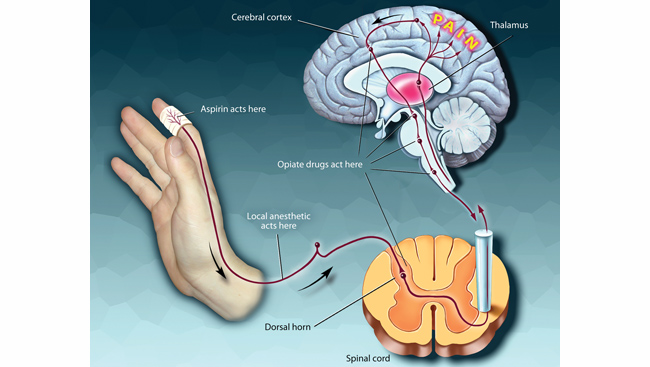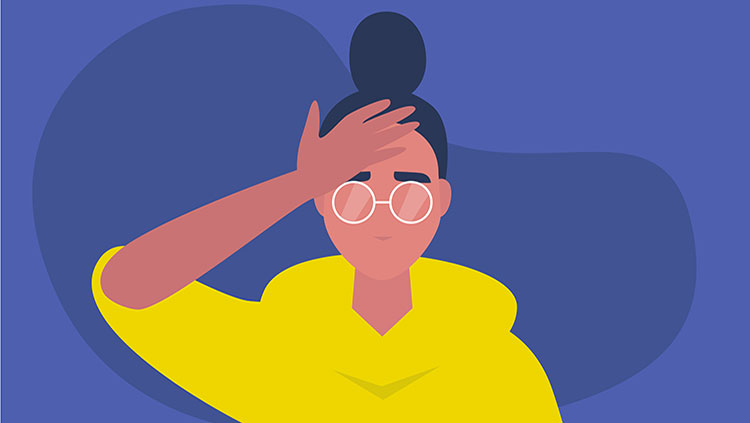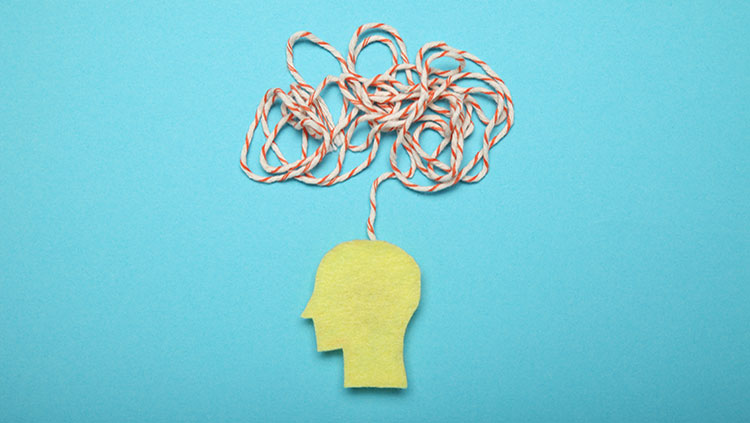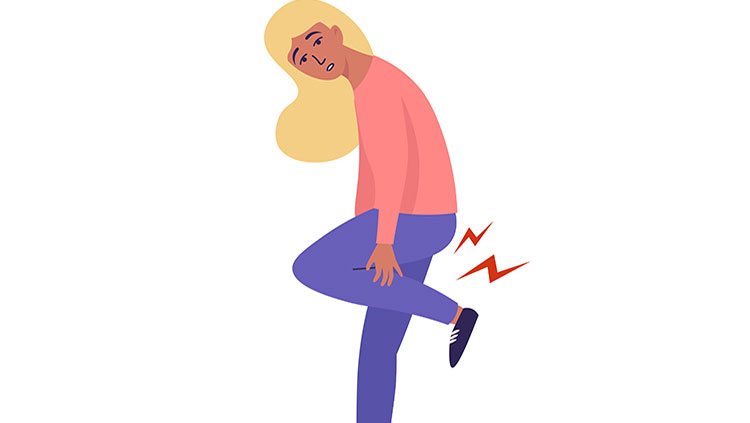Treating Pain
- Published1 Apr 2012
- Reviewed29 Jul 2016
- Source BrainFacts/SfN
Medical science offers us a number of different ways to dull or treat pain.

Local anesthesia, or loss of sensation in a limited area of a person’s body, is used to prevent pain during diagnostic procedures, labor, and surgical operations. Local anesthetics temporarily interrupt the action of all nerve fibers, including pain-carrying ones, by interfering with the actions of sodium channels. Historically, the most familiar of these agents was Novocain, which has been used by dentists for years. Lidocaine is more popular today.
Analgesia refers to the loss of pain sensation. The four main types of analgesics, or painkillers, are nonopioids, which refer to aspirin and related nonsteroidal anti-inflammatory drugs, or NSAIDs. Common NSAIDs include ibuprofen and naproxen. Opioids (morphine, codeine), antiepileptic agents (gabapentin, topiramate), and antidepressants (amitriptyline, duloxetine) are the other three types of analgesics. Acetaminophen, the active ingredient in Tylenol, has analgesic properties but does not reduce inflammation.
NSAIDs are useful for treating mild or moderate pain, such as headache, sprains, or toothache. Because NSAIDs are anti-inflammatory, they also are effective for treating injuries or conditions such as arthritis and postoperative pain. NSAIDs work by inhibiting the cyclo-oxygenase (COX) enzymes that make the inflammatory and pain-producing chemical prostaglandin. Often moderate pain is treated by combining a mild opioid, such as codeine, with aspirin or an NSAID. Opioids are the most potent painkillers and are used for severe pain. Opioids, however, have many adverse side effects, such as respiratory depression and constipation, and in some individuals they have a high potential for abuse.
Antiepileptic and antidepressant drugs are useful primarily for neuropathic pain, which comes from injury to the nervous system. Such pain includes the pain from diabetic neuropathy, or damage to nerves in the body resulting from high blood sugar levels; neuralgia, or nerve pain or numbness, from viruses such as shingles; phantom limb pain; and post-stroke pain. The best results have been reported with antidepressants that regulate both serotonin and norepinephrine. Interestingly, SSRIs, which selectively affect serotonin, do not help relieve neuropathic pain. For some neuropathic pain conditions in which a light touch to the skin can produce severe pain, topical lidocaine may be effective. However, some patients are not responsive to these medicine in case of chronic neuropathic pain. New medicine is clearly needed for the better treatment of pain.
CONTENT PROVIDED BY
BrainFacts/SfN

















